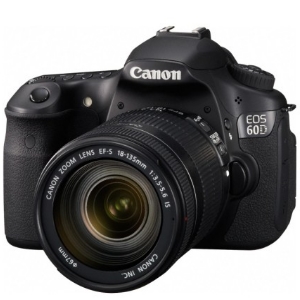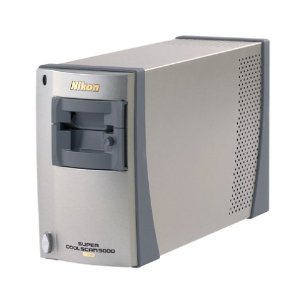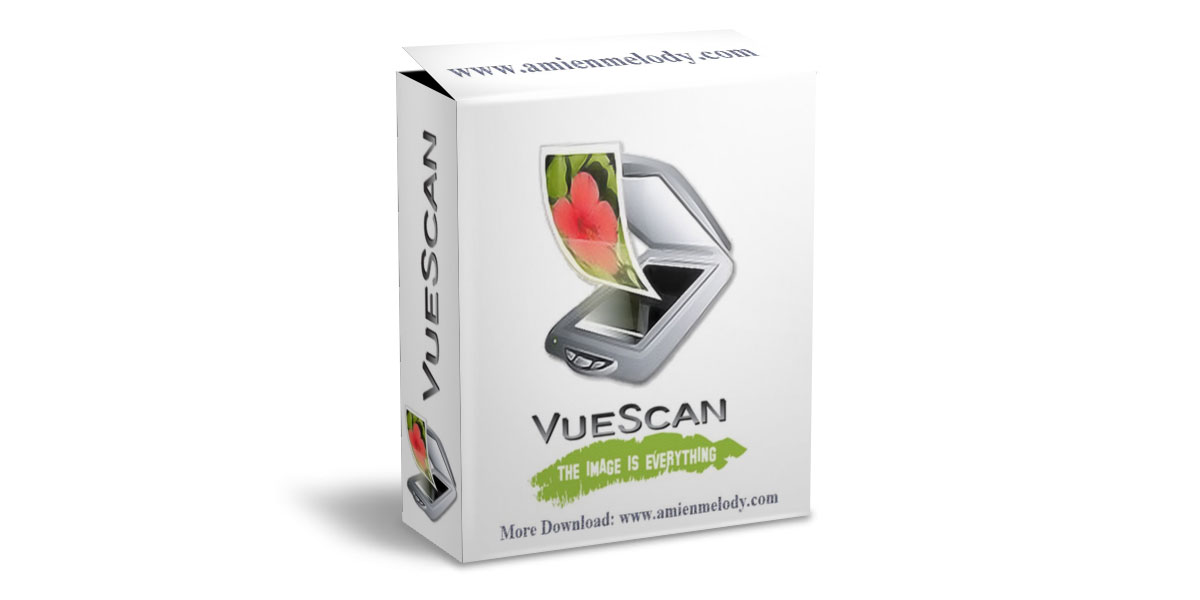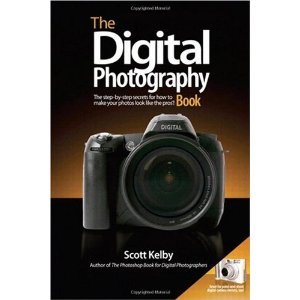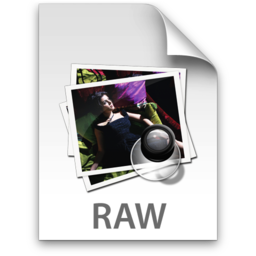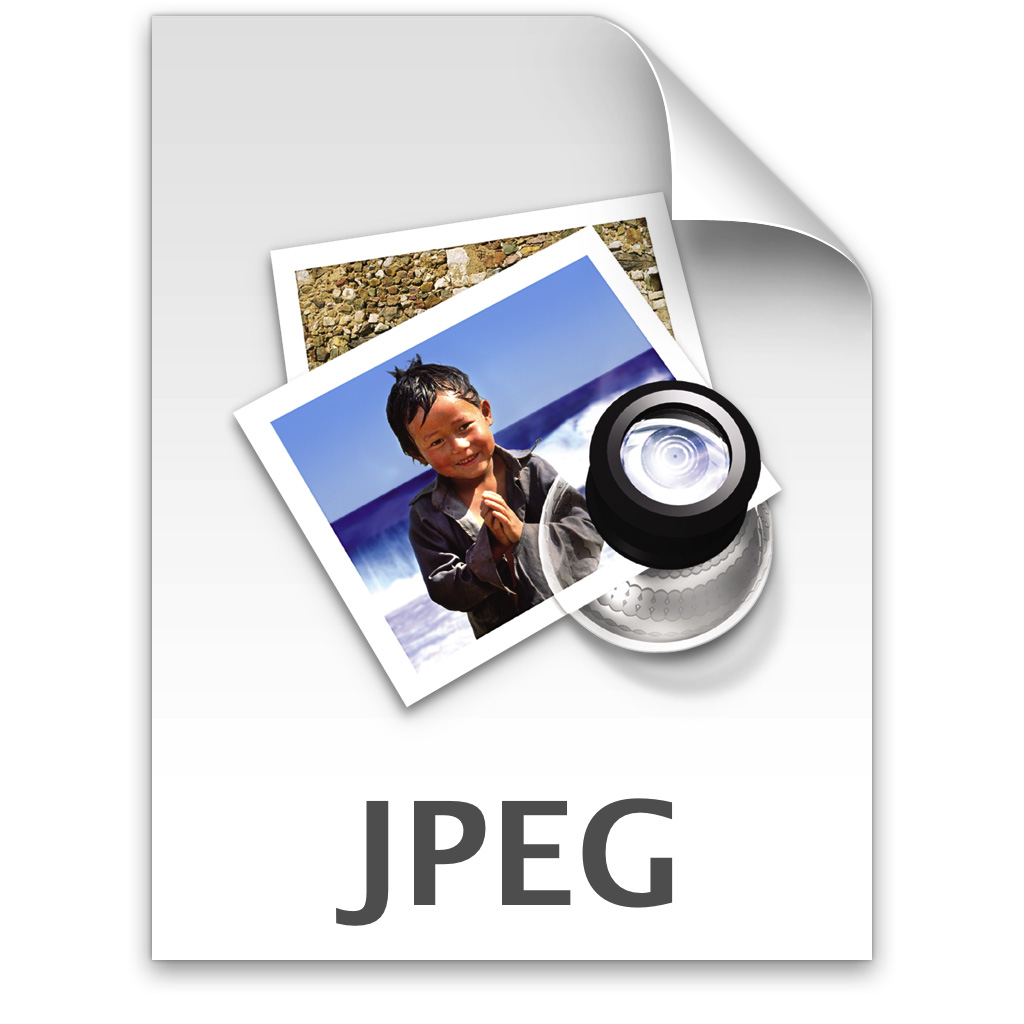Maternity photography is a wonderful way to capture memories of your pregnancy. Having a visual record of the way your body looked can be valuable. It can serve as an important reminder of your strength and capability. Just looking at photos of your strong and powerful pregnant self can give you the strength to get through teething, the terrible twos, or any of the other parenting challenges that await you in the years ahead. Whether you love being pregnant or just want your baby to come out already, you will want to take at least a few pregnancy pictures before the big day.
Digital Photography
All posts relating to digital photography, including both hardware and software. Tutorials and reviews are the most common types of posts.
The Benefits of Scanning Slides with a Slide Scanner
Through the history of photography, slides once played a dominant part in the sharing and storage of photos. In recent years their popularity has declined, but there has been a small and loyal following that has held onto their slides and enjoyed sharing them with family and friends. Sharing these slides is not always easy, and when others are wanting to view and share cherished family memories getting copies of slides is not a simple task for most people.
Take Great Photos with These Portrait Photography Tips
Creating portraits is one of the most exciting new hobbies a person can take on. While a person may feel overwhelmed in his or her journey to take great photos, that should not be the case. There are some easy tips a person can follow to take great photos that last for years to come. This article will discuss the tips that will help a person become a better photographer.
What is a DSLR Camera?
DSLR, or digital single lens reflex, is a type of digital camera that’s typically a grade-above the more mainstream Point-and-Shoot compact digital camera, as well as what are known as advanced digital cameras (aka ‘bridge-cams’). To help you grasp the concept of the DSLR, let’s first take a basic look at the original SLR.
The SLR has long been the only type of camera advanced amateurs and professionals would use and, largely, still is. The concept is fairly simple: most film SLR’s have an interchangeable lens, a semi-automatic mirror, pentaprism, AF sensor, shutter, and view-finder (among other, more technical items). Most used (notice the past tense used here–as film-based SLR’s are practically extinct) a 35mm-based film and could be outfitted with a large array of autofocus (AF) and manual lenses.
Fast-forward to the present: DSLR cameras have largely replaced the venerable SLR. Digital SLR’s use many of the same concepts (especially the interchangeable lens concept) and even some of the same mechanical parts as SLR’s, but employ much more sophisticated hardware such as computerized processors, CMOS circuits, and an LCD viewfinder.
How to Profile a Scanner in VueScan
I have written several posts in the past about how I use VueScan to scan in old printed photographs, but never talked about how to profile a scanner in VueScan. While it took some getting used to, I have managed to create a VueScan scanning workflow that works for me. While everyone will have their … Read more
Do You Want to Take Better Digital Photos?
I’ll admit right up front that I am not a great digital photographer, so I am always looking to take better digital photos. I can take some great shots from time to time, but there are many times I look at the pictures and think, “what did I do?” It is all part of the learning process – I learn by doing not by taking classes. If I take a bad digital photo I always like to analyze why the photo didn’t work out the way I had intended.
Advantages and Disadvantages of RAW Files
This is the second post in my two post series on discussing the JPEG and RAW file formats. My previous post discussed the advantages and disadvantages of JPEG files, and this post will discuss the same topic for RAW files.
Unlike JPEG files, however, there are many drawbacks to using RAW files, and most who use digital cameras probably won’t want to use this format. The more experienced photographers, on the other hand, may love what RAW has to offer.
Advantages and Disadvantages of JPEG Files
I have received several e-mails in the past regarding JPEG and Raw files that are produced by digital cameras. There is a huge debate online about which image format you should use – some of the debates can get pretty heated. In reality, like all such debates, the answer is: it depends.

